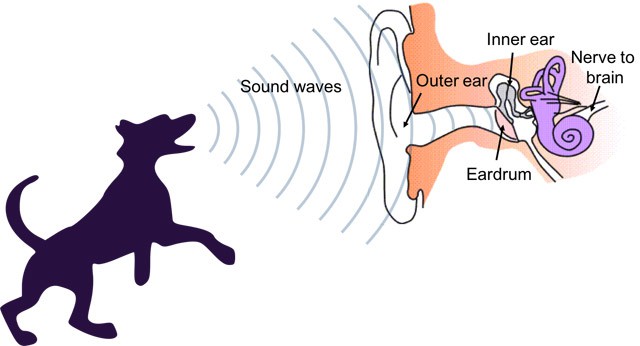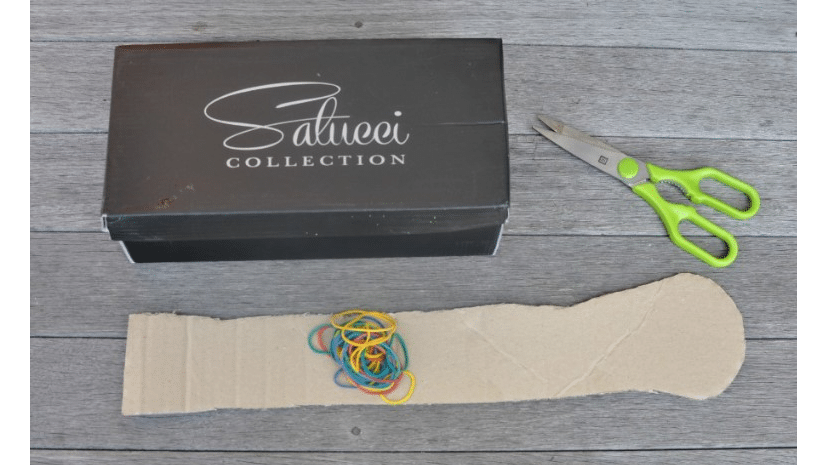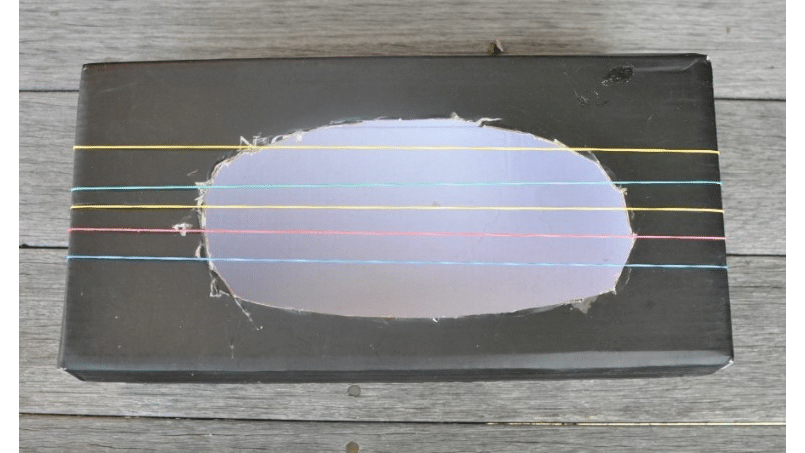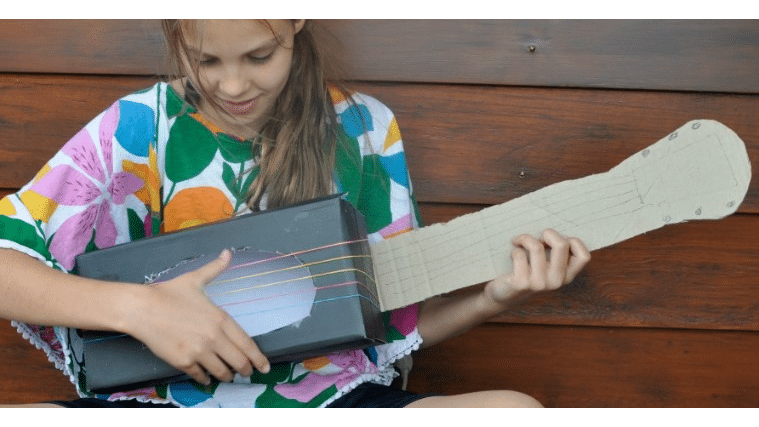During warm months, many people gather for family reunions, cookouts, or picnics. Are you in charge of the cookout playlist this year? What kind of music will you select for your community? Will it be a fast tempo for dancing or slow for relaxing? Have you ever wondered how music and sound works?
What is it that makes us want to move and groove when we hear certain songs? In music, we combine all sorts of different sounds to create songs that make us feel different ways. We have LOUD sounds and quiet sounds. HIGH sounds and LOW sounds. Sweet sounds and grumbly sounds.
Can you see those different sounds? Not usually, no, but check out this experiment below to learn more about how we make and hear sounds.
Singing Glasses Experiment
In this experiment, when you rub your finger along the rim of the glass, you disturb the particles of the glass causing them to vibrate. The vibrations in the glass are transferred to the air surrounding the glass, creating a sound wave. You can actually see the vibrations of the glass if you look closely at the water in the glass (especially where the water and the glass are in contact).
You can change the pitch of the sound produced by the amount of water you put in the glass. When you add more water to the glass, the pitch is low. This is because the high volume of water in the glass makes it more difficult for the glass particles to vibrate, so the vibrations of the glass are slower and they have a lower frequency.
What’s the Science of Sound?
What is sound, anyway? Thanks to science, we know sound happens when an object vibrates (moves back and forth quickly). For example, when your finger plucks a string, the string vibrates and disturbs the air around it, making an invisible sound wave. You hear the sound when the wave travels through the air to your ear.

Music plays an important role in many people’s lives. It can inspire you to move, dance, concentrate, sleep, and much more. You may not think of music as a STEM, but it is! The way we produce and receive sounds through vibrations is scientific and mathematical. We also know that the music we listen to has many physical and mental benefits. Music can encourage movement, reduce blood pressure, and cause the release of dopamine.
Try To Experiment With Sound At Home!
Activity Materials
small cardboard boxes
rubberbands
scissors or box cutter (and a grown up to help!)
Activity Instructions
Gather materials.
Try to find small cardboard boxes of various sizes. Shoes boxes and jewelry boxes work well.
Grab rubber bands of different sizes and widths.

Make your instrument.
Ask a grown up to help you cut a hole out in the top of the box.
Stretch rubber bands around the box, creating a simple musical instrument.
Additional pieces of cardboard may be added to reinforce the bottom or to add a guitar neck.

Play your instrument.
Use your fingers to pluck the rubber bands.
With one hand, stretch one of the rubber bands away from box. Pluck it with the other hand. Does the note change?

Observation Questions
What do you see?
What do you hear?
Does it sound different when you pluck the rubber band across the top (open part) of the box compared to the side of the box?
Does it sound different when you switch the rubberbands to a thicker or thinner band? Why do you think that happens?
More For You
Juneteenth YouTube Playlist
A collection of songs commemorating Juneteenth, a holiday celebrating the liberation of all of the Black people enslaved in America.
Songs to Believe In: Juneteenth
“This Juneteenth, I turn to Du Bois’ words and Bonds’ music — to all the lessons of our history. I offer you a collection of music that insists on the promise of freedom, however long in coming.” -Lara Downes for NPR Radio
Explore All!
Check out all of OMSI’s Science at Home videos and experiments.
